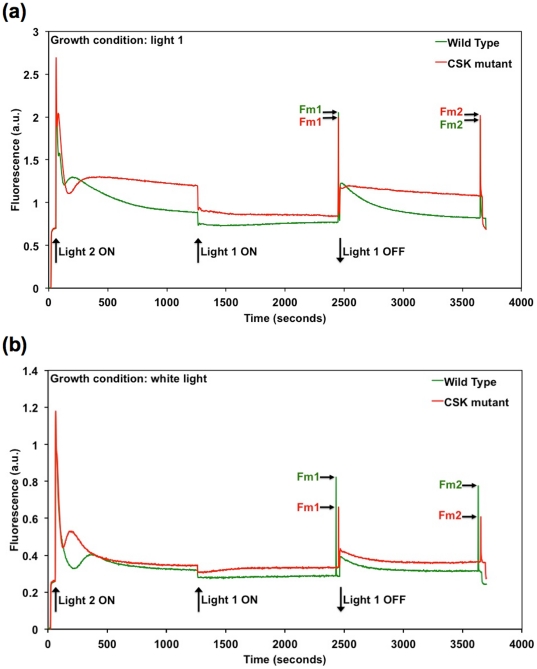Figure 1. Chlorophyll fluorescence emission by leaves of Arabidopsis thaliana at room temperature.
Two days of light 1 treatment (before monitoring the room temperature variable chlorophyll fluorescence) are assiciated with an apparent state transition minus phenotype in CSK mutants. Figure 1a shows the time-course of variable chlorophyll fluorescence emission from leaves of Arabidopsis thaliana, which were grown in light 1. Illumination with light 2, which is absorbed primarily by photosystem II, initially increases chlorophyll fluorescence emission. Fluorescence then decreases, and one component of the decrease is the removal of light-harvesting capacity from photosystem II during the transition to state 2. Addition of light 1, absorbed primarily by photosystem I, causes an initial decrease in fluorescence and then a slow rise, as the light-harvesting capacity of photosystem II increases during the transition to state 1. The slow components attributable to the state 2 and state 1 transitions are seen in the wild type, but are absent from the CSK mutant. Figure 1b shows fluorescence emission from white light grown plants. Fm 1 and Fm 2 are maximal fluorescence at state 1 and state 2 respectively.

